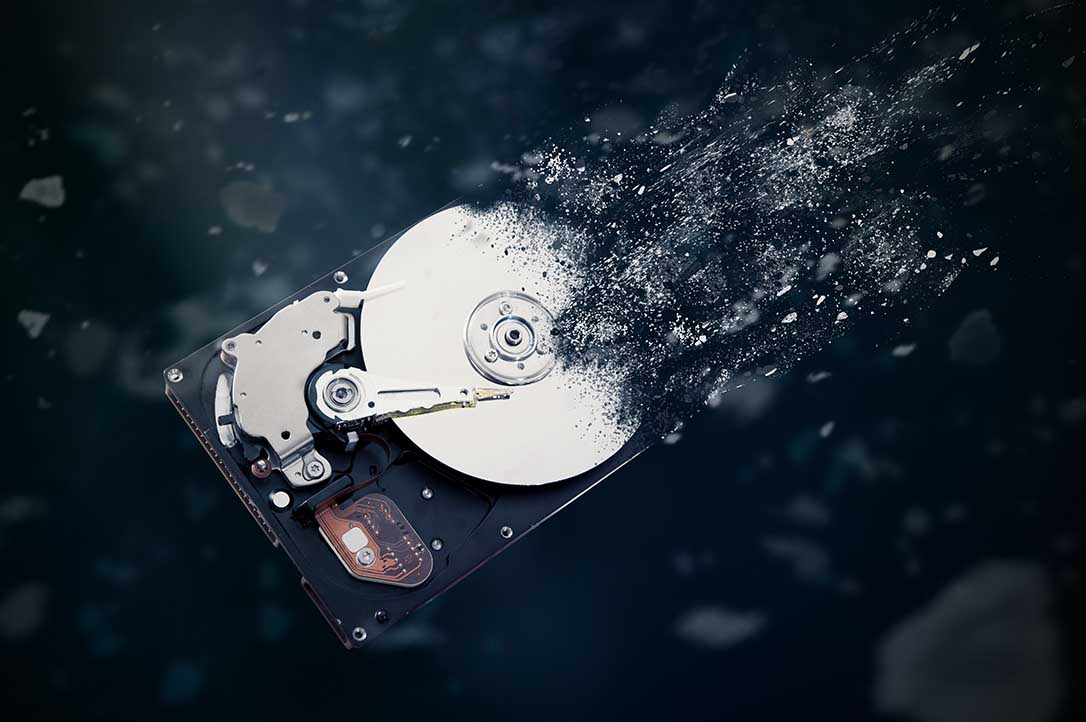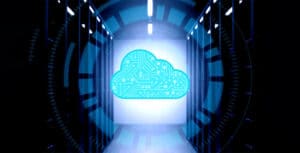How to Select the Right SAS or SATA Drive
People that talk about the need of storage would also come out with a question – SAS or SATA drives, what kind of drive should I use? Nowadays, knowledge of Hard Disk Drives becomes increasingly important as the requirements of capacity and performance of storage are growing exponentially in huge enterprises or even small and medium business environments.
Most people would prefer to purchase/use the “better” one, but actually a “suitable” drive should be considered first for different environments. Here, we will describe the benefits of of both SAS and SATA drives and suggest a proper environment in which to apply them.
SATA Drives and Their Applications
SATA, Serial Advanced Technology Attachment, drive interfaces are usually made for high capacity with nice performance upon 7200 RPM (Revolutions Per Minute) for HDDs, or SSDs with low DWPD (Drive Writes Per Day) value, and are suitable to be used in environments like Video Editing, Surveillance, Media Streaming, and any file archiving or backup storage places.
As the MTBF (Mean Time Between Failure) of SATA drives are generally less than SAS, an IT guy would prefer to create a RAID Pool (or any technique that supports tolerance of drive failure) with a higher tolerance RAID type, RAID6 or even RAID10, though sacrificing a few more capacities, preventing the situation of service interruption because of whole failure of RAID. This is still acceptable due to the Cost Performance of SATA drives being affordable.
SAS Drives for High Performance and Low Latency
SAS, or Serial Attached SCSI (pronounced “scuzzy”), drives are built for extremely high performance and low response times, typically operating at 10K or 15K RPM for HDDs or high DWPD (Drive Writes Per Day) SSDs. These drives excel in environments like VDI (Virtual Desktop Infrastructure), SQL Databases, and high-intensive I/O architectures. Their ability to process large amounts of data quickly makes them ideal for mission-critical applications where performance is essential. In data centers and other high-demand environments, SAS drives provide the speed and reliability needed for continuous operation.
One of the main advantages of SAS drives is their higher MTBF (Mean Time Between Failure), which makes them more durable and reliable than SATA drives. This increased reliability is crucial in settings where uptime is a priority. To achieve high performance or low latency, RAID types with less tolerance for drive failure are often employed, such as RAID1 or RAID10. This ensures minimal latency, especially in applications requiring response times lower than 2ms while delivering hundreds of thousands of IOPS.
While SAS drives offer superior durability and performance, their higher cost per GB makes them a more expensive choice compared to SATA drives. However, the added cost is justified by the performance and reliability that SAS drives offer, especially in environments where speed and uptime are critical. For mission-critical applications like real-time analytics, financial systems, and large-scale databases, the investment in SAS drives can lead to more efficient and effective operations.
Choosing the Right Drive for Your Storage Needs
SAS or SATA drives each have their pros and cons, and it’s essential to choose the right one based on the specific requirements of your project. SATA drives are ideal for environments that prioritize high capacity at a lower cost, while SAS drives excel in high-performance applications that demand low latency and high IOPS. When selecting between SAS or SATA, understanding these differences helps ensure you meet the performance and capacity demands of your environment.
Equally important is selecting the right enclosure that supports these drives and integrates seamlessly with RAID technology. Proper enclosures ensure data protection, redundancy, and optimized performance across different RAID levels, providing a more reliable storage solution for SAS or SATA drives.
QSAN offers a range of products tailored to meet various storage needs, with solutions that support both SAS and SATA drives across different platforms and RAID configurations. QSAN helps businesses strike the right balance between performance, capacity, and reliability. Visit QSAN to find the ideal solution for your storage requirements.



